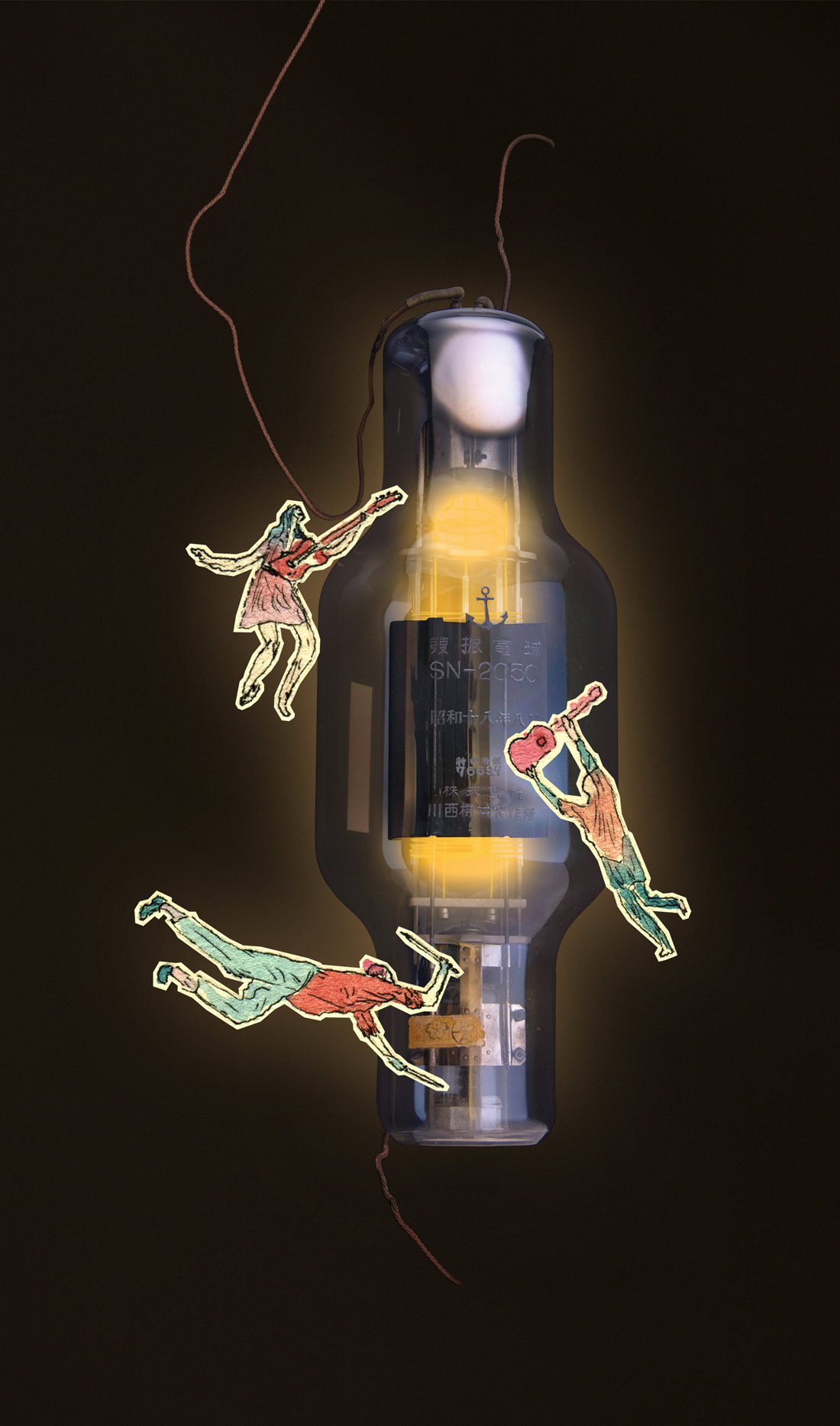The X1R is a ribbon mic with a few design twists. It's housed in the same body as sE's X1 large-diaphragm condenser and is designed to produce more high end, and more output level, than the average ribbon. sE sent me a pair of these mics to test.
I was tracking an album at my studio with Doralice, who are a fantastic San Francisco violin and acoustic guitar duo. On violin, I placed the X1R next to two great vintage mics: an AKG C 414 EB, and a Bang & Olufsen BM 5 ribbon. Guitarist Yates was playing some beautiful instruments, including a 1922 Martin parlor guitar and a Santa Cruz D/PW dreadnought. I set up the second X1R next to a Lucas CS-1 and a vintage Reslo Pencil Ribbon. On both sources, the X1R held its own. It was much brighter than either of the other ribbons and sounded quite nice by itself. I rarely use ribbons without a second brighter mic, but the X1R would have done fine as a single mic, particularly in a busy mix. These quiet sources (the parlor guitar was crazy quiet — conversational level at best) also provided good output level and noise floor tests. I ran both vintage ribbons through my Cloudlifter CL-2, but the sE mics went straight to my preamps (API 3124, Sytek MPX-4A). The preamp gain settings ended up the same for the Cloudlifter-fed vintage ribbons and the straight-in X1Rs! That's a healthy output level for a ribbon. The X1Rs exhibited some low-end noise, but the other ribbons had a ton of wideband hiss — not surprising given the amount of gain I was running.
Next I had Steve Brooks at my studio to track guitar solos for a new Torche LP. He played a Telecaster into a Yamaha T50 with tons of gain through an old Mesa cabinet. The X1R had no problems with the high SPL, and here it behaved more like a traditional ribbon — darker and funkier than a dynamic (in this case, a nice Shure 546), but awesome when blended with the dynamic. With a 10 kHz boost, the X1R opened up nicely on its own and provided a different tone altogether from the other two mics.
Finally, for fun, I tried the X1R on bass while doing reamps for Sie lieben Maschinen, an old-school noise rock project from Josh Newton (Every Time I Die, Shiner) and Steve Tulipana (Season to Risk). I ran Josh's Electrical Guitar Company bass into a Fuzzrocious Rat Tail and a cranked Bassman for tons of grind. And the X1R ruled on bass! It produced huge low end, solid articulate highs, and not much in the mids — but it sounded cool. (The proximity effect was pretty dramatic, but the net result was scoopage.) My Sennheiser MD 441 sounded downright small next to the X1R, but was perfect for filling in the X1R's scooped mids; so depending on the arrangement, I had lots of good options in those two faders.
The X1R feels solid overall. Its grille is a little flimsy; I had to be careful not to push against the mesh while I crammed a Neutrik XLR connector into the mic. (Like many mics, the X1R doesn't love the rubber gasket on those Neutrik jacks.)
sE also sent two Isolation Packs — that's a $49 combination shockmount and pop filter that fits the X1 series and a handful of other sE mics. The shockmount is made mostly of plastic (intentionally for weight savings, sE tells me), with elastic-band shock-absorption. They feel a little cheap, but what shockmount doesn't? I used them for all my tracking, and I was glad to have them, especially on quiet sources with the preamp cranked. The large thumbscrew on the bottom makes mounting and adjusting mics quick and easy, and the all-metal pop filter slides pretty easily into a slot on the front of the shockmount — easier and faster to set up than your typical gooseneck pop filter. With the integrated pop filter protecting the ribbon element from blasts of air, I didn't think twice about using the mic on bass cabinet or loud guitar amp.
At $199 apiece, why wouldn't you try one of these mics? They're rad.




_disp_horizontal_bw.jpg)